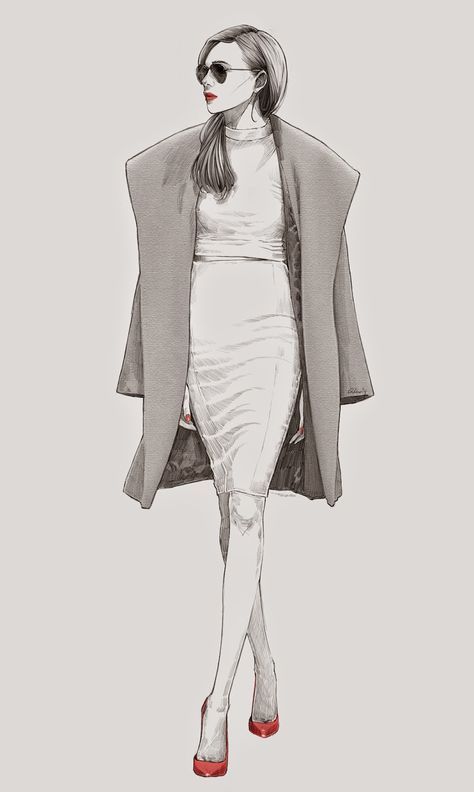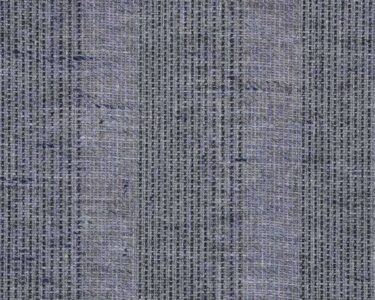The mere act of sketching a few designs on paper doesn’t make for fashion illustration; it’s an artistic spectacle trying to marry imagination with real life in the world of fashion. Whether you are only interested in clothes or want to become a designer sometime soon, knowing some methods will elevate your skills forward. This manual contains vital methods that will enable you to produce spectacular illustrations of haute potently while offering suggestions concerning how you can make your designs distinctive.
1. Grasping of Proportions & Anatomy
In generating any remarkable fashion sketch, it is essential to comprehend the anatomy of human beings as well as their proportions.
Unlike conventional figure drawing, fashion illustrations usually showcase longer bodied persons, especially their legs, as a way of making them appear classier and also adding movement towards them. The average fashion figure is about 9 heads tall, while in real life it measures about 7.5 heads tall.
Tip: Acquire familiarity with the human structure by studying it and drawing short sketches regularly. Eventually, you will devise your unique proportions for your illustrations.
2. Mastering Line Work
For instance respectable fashion illustrations, with impeccable line work is synonymous to achieving quality. Both texture and motion can be represented using lines in different fashion illustrations which are clean and straight. By using, thinner lines you can suggest light and delicate fabrics such as chiffon while thicker ones are good for structured pieces like jackets and denim.
Tip: use light sweeping lines to sketch your initial shape and then go over it with darker defined lines. This technique will help add some depth to your drawings as well as making it look dimensional.
3. Investigating Color
Theory Color is a vital element of fashion designs. Understanding color theory will help you select palettes that work well for your design. It is possible for the simplest illustration to become a visually attractive master piece by proper color combinations. Suggestion: For contrast creation start with easy color schemes such as complementary colors – these are positioned opposite each other on the color wheel. Different shades and tones may be used to trigger feelings, relating to your design idea.
4. Techniques for Shading and Texture
The shading creates depth and shows how real something is through illustrations thus making one to see them three-dimensionally. Mastery of various shading styles such as hatching or pointillism will show fabric texture. Finer light-shaded areas could indicate silk or satin, while coarser ones would represent woolen and denim materials respectively.
Advice: Observe closely where the illumination comes from when doing your design shading. Put highlights where the clothing would normally be affected by light, and shadows where the clothing would normally be darker.
5. Turn Your Drawings Into Motion
Fashion illustrations should not be that static instead they should give movement impression. Achieving this can be through considering how the cloth drapes, body posture of the model and the overall dynamism of the design itself. Your illustration will look more alive and relatable with motions.
Sketch different fabric types that react to motions as practice. Soft flowing fabric like silk or chiffon requires softer and more fluid line whereas stiffer one requires a structured angular line.
6. Traditional and digital illustrations are both available.
As technology continues to evolve, most fashion illustrators have switched to digital platforms. For instance, tools like Adobe Illustrator or Procreate provide an array of brushes, colors, and effects that can imitate traditional media thus making it easy to edit and perfect designs. Nevertheless, traditional methods such as pencil and ink may still be meaningful for those who love the feel of their hand.
Tip: Play around with both traditional and digital styles until you find out what suits you the best. Additionally, merging the two could create extraordinary hybrid illustrations.
7. Utilizing Inspirations and References
Each successful fashion illustrators have their own sources of inspiration such as fashion magazines, catwalks and the daily life. Reference is important in keeping up with trends and also serves as the basis for your work.
Create a mood board using different references to give direction to your drawing. It can consist of color schemes, clothing types or specific poses that certain models take. Gradually, this process will give you a unique style over time.
8. Infusing Character Into Your Designs
You ought to show your authentic style in your art works be it through bold hue variations, exaggerated posture or uncommon skin finishes; making it personalized with a unique flair makes one distinct from others.
Tip: Be adventurous with their designs. Fashion prizes difference hence remain faithful to what you see mentally and always go beyond limits
Achieving mastery in fashion illustration is a journey that requires commitment, tenacity, and an eye for finer details.
Advice: Don’t be afraid to try out various designs. By concentrating on basic principles such as proportions, line work, color theory and shading among others) your talents can greatly improve. It does not matter whether you are using conventional or digital platforms; what matters is being consistent and ready to experiment with every possibility. With determination you will be able to uplift your work thereby making illustrations which not only express your artistry but also capture the spirit of fashion.




